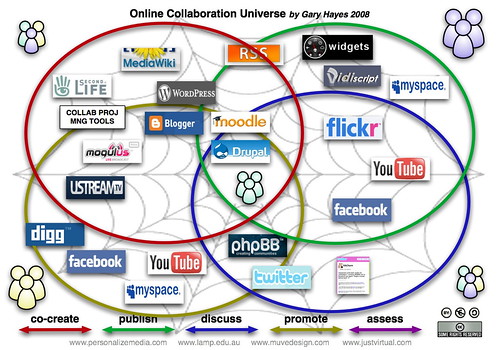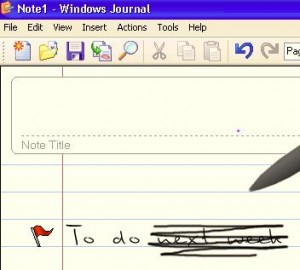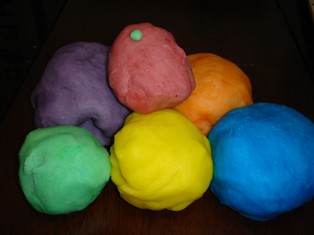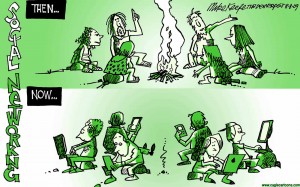
¿ʞuıɥʇ noʎ ʎɐʍ ǝɥʇ ǝƃuǝllɐɥɔ uʍop ǝpısdn sıɥʇ ƃuıpɐǝɹ sǝop
Does reading this upside down challenge the way you think?
The context in which I’m endeavoring to define and understand text focuses on a marginalized segment of our community: those who suffer from mental health issues and live in the shadows due to the insurmountable stigma attached to a disease which, for the most part, is invisible.
Consider the following words related to mental illness and the emotions they bring up:
CRAZY – PSYCHO – MENTAL – SCHIZO – WACKO
What came up for you? Humor, disgust, pity, fear, sadness? To me they evoke dynamic sound through written word. Working in the mental health arena, I am extremely sensitive to the negative impact they can have when used carelessly and with lack of regard. From this perspective the way in which text is used presents a relevant, and perhaps necessary, starting place for a discussion around the issues those living with mental illness are faced with. Ong refers to text as being “…the reduction of dynamic sound to quiescent space”. (ETEC540 Prefatory Materials) It is in the shadows of quiescent space that mental illness resides and given the existing stigma at this point, perhaps a quiet place is a safe location in which to initiate discussions that will begin to break this stigma down.
“TEXT is a coherent set of symbols that transmits some kind of informative message.” (Wikipedia) Text is a body of language and can be either written or spoken. It can build from a word on a surface right up to a complete book. It is the receiver who will determine his/her reaction depending on their frame of reference. (UsingEnglish.com) Considering the ‘coherent set of symbols’, text for my purposes can be pushed further; text can be used not just as symbols but to symbolically challenge the community at large in terms of how they see, or don’t see, those who are marginalized and live within the shadows of mental illness.
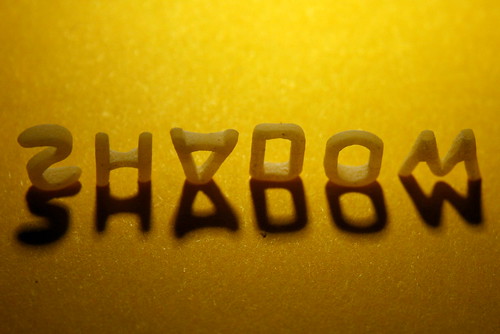
Our thoughts are based on our experiences, which then determine how we communicate and interact. Text as a communication tool can be used to challenge the way people think and respond; in this case towards the issues of mental health. My journey throughout this course is to examine ways in which text and technology can be used to create a paradigm shift – to literally and figuratively turn it all upside down!
I seek to examine the impact of text on my ability to effectively communicate with the community at large so that those who struggle with mental health issues can be seen and understood, and those with the means to provide funding understand the necessity to make the invisible visible.




